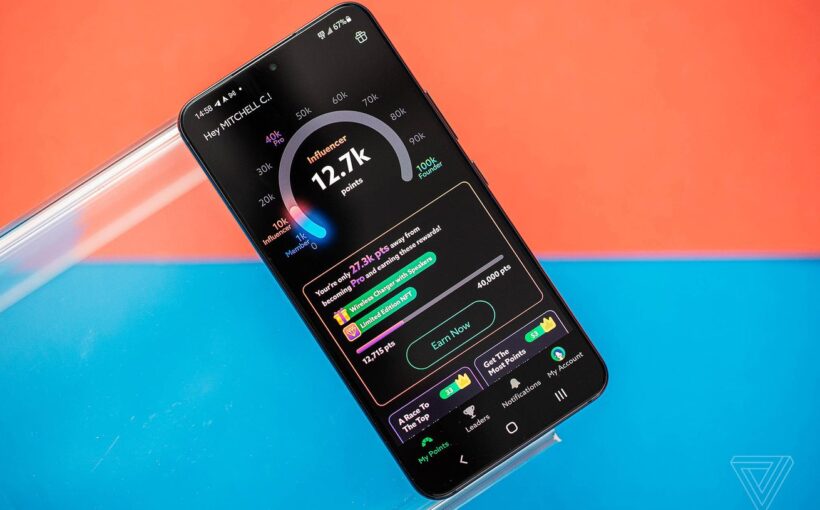
The company is expanding Project Genesis’ coverage, but there are still basic features missing that make it clear the service isn’t for the general public.
A
s soon as I got in my car, my Galaxy S22 connected to Dish’s brand new 5G network lost connection to the internet. I was a little surprised but not shocked — the service, Project Genesis, is only a few months old and only covers around a quarter of the US population. The service has always been a bit spotty on my side of Spokane, Washington, growing stronger and more reliable as you get closer to downtown. But as I drove laps around Riverside park, which was once my go-to testing area for the service, I grew increasingly confused — my phone no longer seemed to be connecting to any Dish towers.
Project Genesis is Dish’s way to test the 5G network that it’s legally required to build out, thanks to the T-Mobile / Sprint merger. Earlier this year, on an earnings call, Dish’s COO classified it as “a project to bring on early users” that would be “short-lived as we transition to full commercial operations with our brands.” While it may stick around in some capacity, he said it’s “not our sort of full-scale launch of a brand and offers to compete with the large incumbents.” The big launch will likely come with Boost Infinite, another upcoming service from Dish, but Project Genesis is giving us a preview of what that might look like.
Dish launched Genesis in 120 cities in June, just managing to beat the buzzer on its legal requirement to cover 20 percent of the United States. It’s fair to say that it had a bumpy start — actually ordering a phone to use the service was an ordeal, and coverage in some areas was hard to find. In Spokane, where I live, it covered at least a chunk of the city but wasn’t necessarily the most reliable thing ever.
But that was a few months ago! Before the public launch, the service had really only been in beta in a single city, Las Vegas. Now, Dish has had three months to settle in, build out the service, and fix any glaring issues. And so far… well, it still clearly has some work to do.
“None of this is easy,” Jeremy McCarty, Dish’s vice president and general manager of retail wireless, tells The Verge. “But we feel pretty good about the plan that we have.”
We spent some more time testing Dish’s network and talking to the company about what the plan is to turn its network into a major competitor.
Let’s start by justifying that headline and going over the “features” that feel just plain incomplete or missing. Project Genesis still lacks bring-your-own-device support (at checkout, you can choose between a Samsung Galaxy S22 and a Netgear hotspot), nor does it allow you to have multiple lines on an account. The former is somewhat understandable. “Because we are designing a new network that has just not been done before, the chipset that’s required to support our network only exists in so many phones today,” McCarty says. As more devices that support its network get made, the company will offer them, he said.
Perhaps the biggest missing piece for Project Genesis is any sort of account management system. Because of some launch-day issues that have since been resolved, I had to sign up with a service address that isn’t actually my home address. To change it, I had to contact support because there’s currently no web portal or screen in the app that lets you see or change those details.
Source: TheVerge



